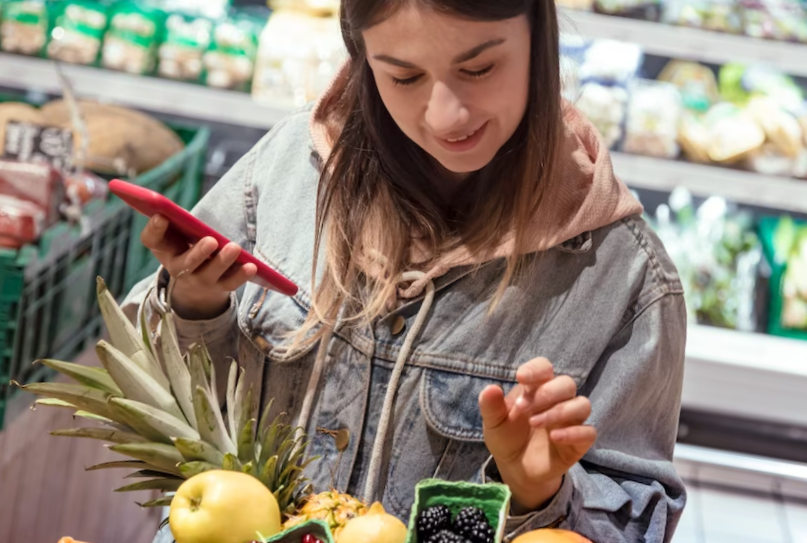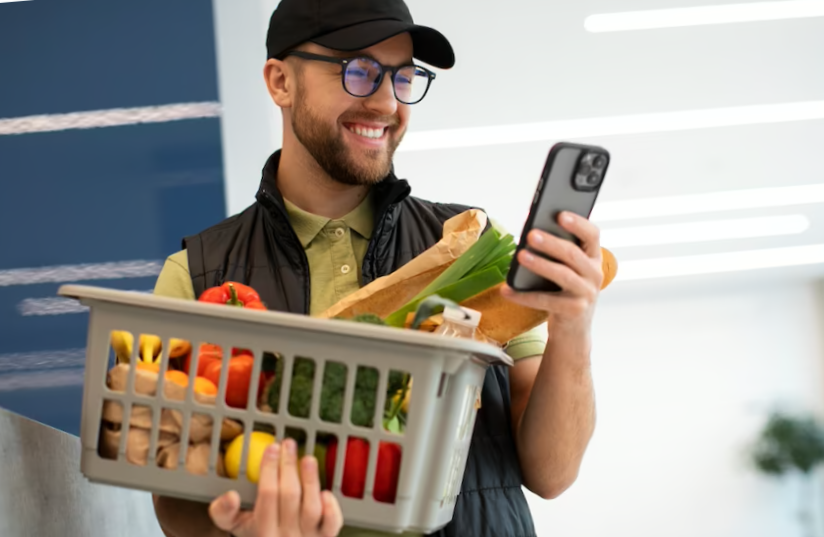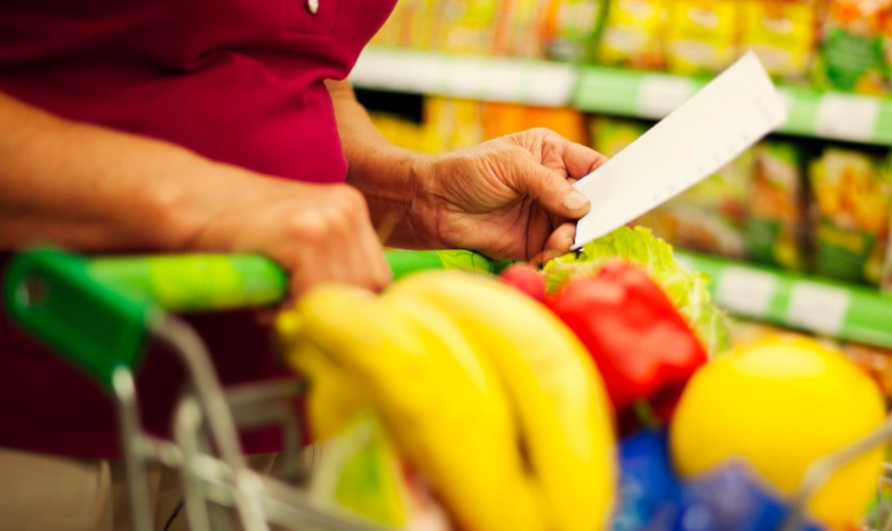Grocery shopping is an essential activity for most people, but it can also be a source of stress, frustration, and waste. Whether you are shopping for yourself or your family, you want to get the best value for your money, avoid unnecessary purchases, and enjoy fresh and healthy food. However, grocery shopping can be challenging due to factors such as limited time, budget constraints, crowded stores, and confusing labels.
What We'll Cover
That’s why this article will provide you with some grocery shopping hacks that will help you save time, money, and hassle. These hacks are simple and easy to implement, but they can make a big difference in your grocery shopping experience. By following these tips, you will be able to plan ahead, shop smartly, and get the most out of your groceries.
Before You Go Shopping

One of the best ways to improve your grocery shopping is to prepare before you go to the store. This will help you avoid impulse buying, overspending, and wasting food. Here are some steps you can take before you go shopping:
- Make a Meal Plan: A meal plan is a list of dishes that you want to cook and eat for a certain period of time, such as a week or a month. Meal planning can help you save money by reducing the number of times you eat out or order takeout. It can also help you eat healthier by ensuring that you have a balanced diet with enough fruits, vegetables, grains, protein, and dairy. To create a meal plan, you can use online tools such as [Mealime] or [Eat This Much], or simply write down your favorite recipes and ingredients. You can also check your local store’s flyers or websites for sales and discounts on certain items and plan your meals around them.
- Check Your Inventory: Before you go shopping, it’s important to check what you already have in your pantry, fridge, and freezer. This will help you avoid buying things that you don’t need or already have. It will also help you reduce food waste by using up the items that are about to expire or spoil. You can use apps such as [Pantry Check] or [Fridge Pal] to scan the barcodes of your groceries and keep track of their expiration dates and quantities.
Creating a Shopping List

Once you have a meal plan and an inventory check, you can create a shopping list based on what you need to buy. A shopping list can help you stay focused and organized while shopping, as well as save time and money. Here are some tips on how to create an effective shopping list:
- Organize by Categories: Instead of writing down your items in a random order, group them by categories based on the sections in the store. For example, you can have categories such as produce, dairy, meat, bakery, frozen foods, canned goods, etc. This will help you navigate the store more easily and avoid going back and forth between aisles. It will also help you avoid forgetting or missing any items on your list.
- Use Apps and Digital Tools: Instead of using paper and pen, you can use apps and digital tools to create and manage your shopping list. These tools can help you sync your list across multiple devices, share it with other people, add items by scanning barcodes or taking photos, compare prices across different stores, and access coupons and discounts. Some examples of these tools are [Out of Milk], [AnyList], [Bring!], and [Flipp].
- Stick to the List: Once you have created your shopping list, stick to it as much as possible. Avoid adding items that are not on your list unless they are absolutely necessary or offer a great deal. This will help you avoid impulse purchases that can ruin your budget and your diet.
Shopping Strategies

Now that you have prepared your meal plan, checked your inventory, and created your shopping list, you are ready to go shopping. However, there are still some strategies that you can use to make your shopping more efficient and enjoyable. Here are some of them:
- Shop During Off-Peak Hours: If possible, try to shop during off-peak hours when the store is less crowded and busy. This will help you avoid long lines at the checkout, find parking more easily, and have more space to move around the store. Off-peak hours vary depending on the store and location, but generally they are early in the morning or late at night on weekdays.
- Utilize Coupons and Discounts: One of the easiest ways to save money on groceries is to use coupons and discounts that are offered by the store or by the manufacturers of the products. You can find coupons in newspapers, magazines, flyers, websites, apps, or email newsletters. You can also take advantage of loyalty programs that reward you with points, cash back, or free items for shopping at certain stores. However, be careful not to buy things that you don’t need or want just because they are on sale or have a coupon. Only use coupons and discounts for items that are on your list or that you regularly buy.
- Buy Generic Brands: Another way to save money on groceries is to buy generic or store brands instead of name brands. Generic brands are usually cheaper than name brands, but they offer the same quality and taste. In fact, some generic brands are made by the same manufacturers as name brands, but they have different packaging and labels. You can save a lot of money by buying generic brands for items such as cereals, pasta, sauces, spices, canned goods, etc.
Shopping for Fresh Produce

One of the most important parts of grocery shopping is buying fresh produce such as fruits and vegetables. Fresh produce can provide you with essential vitamins, minerals, antioxidants, and fiber that can boost your health and immunity. However, buying fresh produce can also be tricky because you need to select the best ones, store them properly, and use them before they go bad. Here are some tips on how to shop for fresh produce:
- Selecting the Best Produce: When shopping for fresh produce, you need to inspect them for freshness, ripeness, and quality. You can do this by looking at their color, shape, size, texture, smell, and weight. Generally, you want to choose produce that are bright, firm, plump, heavy, and fragrant. You also want to avoid produce that are bruised, damaged, moldy, wilted, or shriveled. You can also check the labels or stickers on the produce for information such as the country of origin, the organic certification, and the best before date.
- Handling Fruits and Vegetables: When handling fruits and vegetables, you need to be gentle and careful not to damage them. You should also wash them thoroughly before eating or cooking them to remove any dirt, pesticides, or bacteria. However, you should not wash them before storing them because this can cause them to spoil faster. You should also separate fruits and vegetables that emit ethylene gas from those that are sensitive to it. Ethylene gas is a natural hormone that causes fruits and vegetables to ripen faster. Some examples of ethylene-producing produce are apples, bananas, avocados, tomatoes, and peaches. Some examples of ethylene-sensitive produce are lettuce, broccoli, carrots, cucumbers, and potatoes.
- Seasonal Produce: One of the best ways to enjoy fresh produce is to buy seasonal produce that are grown locally and harvested at their peak. Seasonal produce are usually cheaper than imported or out-of-season produce because they have lower transportation and storage costs. They also have more flavor and nutrition because they are fresher and less processed. You can find seasonal produce at farmers’ markets, local farms, or community-supported agriculture (CSA) programs.
Conclusion
Grocery shopping can be a daunting task for many people, but it doesn’t have to be. By following these grocery shopping hacks, you can make your grocery shopping easier, faster, and cheaper. You can also enjoy fresher and healthier food that will benefit your body and mind.
The next time you go grocery shopping, try to implement these strategies and see the difference for yourself. You will be surprised by how much time, money, and hassle you can save by planning ahead, shopping smartly, and getting the most out of your groceries.
The responses below are not provided, commissioned, reviewed, approved, or otherwise endorsed by any financial entity or advertiser. It is not the advertiser’s responsibility to ensure all posts and/or questions are answered.





